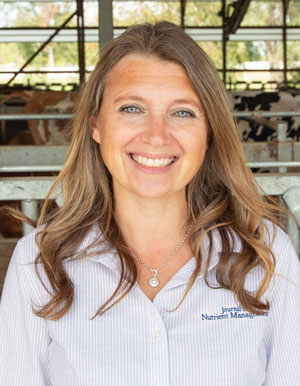
The fall before last, I tossed the pumpkins and gourds I used for front porch decorations along the side of my house in some rocky landscaping. I expected them to disintegrate over the next few months and didn’t think much about it.

But then, when I was trimming weeds in that area the following summer, I noticed plants that looked like pumpkins. I let them grow, and sure enough, pumpkin plants they were.
I know that plants will sprout from where pumpkins are composted, but I did not expect it to happen in an area that looked nothing like a desirable environment for a vegetable to thrive. And yet, these resilient plants just popped their way through the cracks in the landscaping rock and continued to grow.
I can take no credit for their development. They received no water besides rainfall, no fertilizer, and no weeding. As summer moved along, I wondered if they would actually produce any pumpkins. It was a fun surprise for my children and me when one day we saw a few pumpkins starting to grow.
To say this was a low-budget operation is an understatement, but I still worried we were going to lose our crop when in early fall, the leaves became covered with white powder. My internet research told me it was powdery mildew, so I sprayed a homemade remedy of vinegar on the leaves and hoped for the best.
Luckily, the plants survived, and a few weeks before Halloween, we harvested three beautiful pumpkins and a small gourd. The pumpkins were not big, but it didn’t matter. We were proud of our little crop.
Sometimes, we get lucky when an idea pops into our head or an opportunity falls into our lap. With little effort, these seeds can grow and become game changers. Other times, we make a decision and nurture that seed with everything we have, but in the end, it just doesn’t turn out.
Farmers are constantly nurturing seeds; not just in the field, but with their livestock, their facilities, and their people. As business owners, there is a need to invest in the areas that keep the operation moving forward.
In the broader agriculture industry, one theme that continues to grow is that of sustainability. Interest in this topic lies all along the food supply chain, as was evidenced by the more than 1,000 people who attended the Sustainable Agriculture Summit last fall. While input from all sectors is valuable, the people closest to the roots — the farmers — must be part of the conversation. Read more on page 12.
Sometimes there will be a bumper crop. Sometimes there is a crop failure. But on our farms and in life, we will keep planting seeds, and if we are lucky, we get to watch them grow.
Five years ago, we planted the seed for this magazine, the Journal of Nutrient Management. This was not the type of seed one can simply toss into rocky landscaping and hope for the best, though. It needed vision and know-how in the publishing business. It required investments of time and money by our company, our advertising partners, and our editorial team.
As our readers, you have helped nurture the seed. You gave us inspiration and a reason to head down this path of manure handling, nutrient management, and sustainability. We hope the science-based articles, boots-on-the-ground advice, current event coverage, and farm features on this subject matter have benefited your work in some way. Thank you for growing with us.
Until next time,
Abby








